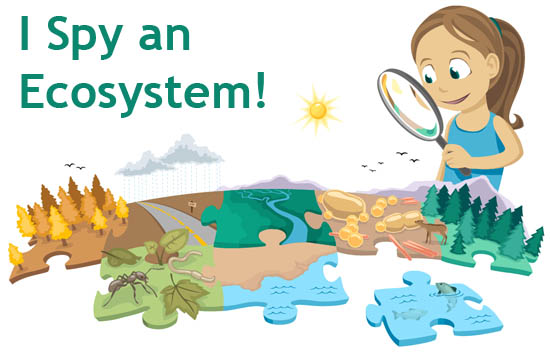Wearables Require A New Kind Of Ecosystem
In the fast-moving markets of wearables and IoT, it's easy to be dazzled by new technologies. But what's more impressive to Forrester is a coherent, disruptive business model. I've written that 2014 will be the year of wearables 2.0, when select vendors develop real wearable business models. To help that journey along, I'd like to offer up a hypothesis for a new industry axiom:
In the era of wearables and the Internet of Things, tech companies must create a new kind of ecosystem – an ecosystem not of developers, hardware makers, or services companies, but of brands, healthcare providers, retailers, financial services companies, and governments.

I'm still testing this hypothesis out, and will write about it in future research. In the meantime, I'd like to hear your examples. To give you a sense of what I'm talking about, it's an ecosystem comprised of companies in:
Fashion. Let’s be honest: A lot of 1.0 wearables devices are ugly, and tech companies aren’t always the best purveyors of fashion. The wristwatch has been around since 1571 –so watches have a deep cultural history into which smartwatches must integrate themselves. (By contrast, fitness wearables fit into the same cultural segment as the once-ubiquitous Livestrong bracelet). Partnerships between wearable vendors and fashion brands – such as Intel working with Barneys and fashion retailer Opening Ceremony, or Fitbit with Tory Burch – will be critical.
Healthcare. Health and fitness wearables must become embedded into the normative healthcare system. Google’s partnership with VSP shows the way, expanding Google’s channel reach and offering potential customers a discount. Fitlinxx has pursued a similar strategy. While 10+ competitors attempt to sell fitness wearables to consumers one on one, they can only reach discrete segments, like dedicated exercise enthusiasts, quantified selfers, and those who want to lose weight. But having doctors, hospitals, insurance companies, and corporate wellness programs distribute fitness wearables (as Fitlinxx does) embeds the information collected into the entire healthcare system. Doctors can use the data to treat patients, leading to better health outcomes. And consumers can sometimes receive a discount on their health insurance rates by participating.
Retail. Bionym’s Nymi band, which creates a persistent authentication bond using the wearer’s unique heart pattern, could enable the retail experiences of the future. A consumer wearing a smartwatch with Bionym’s technology could securely enjoy in some exciting retail activities, powered by beacons and analytics: When the wearer walks into a store, he is greeted by name, offered customized clothing options in his own size, and he doesn’t even have to pull out his wallet to pay. Yet this entire wearable scenario depends on adoption of the technology by retailers. But who will create this ecosystem of retailers?
I'm looking to talk to wearables vendors who are building the ecosystem of the future. Please contact briefing@forrester.com and ask to speak for me by name with the tag "wearables ecosystem" in your description. I also invite everyone to please read and download my recent reports — the first on the wearables journey, the second on the evolving health and fitness market.
J. P. Gownder is a vice president and principal analyst at Forrester Research serving Infrastructure & Operations Professionals. Follow him on Twitter at @jgownder.
